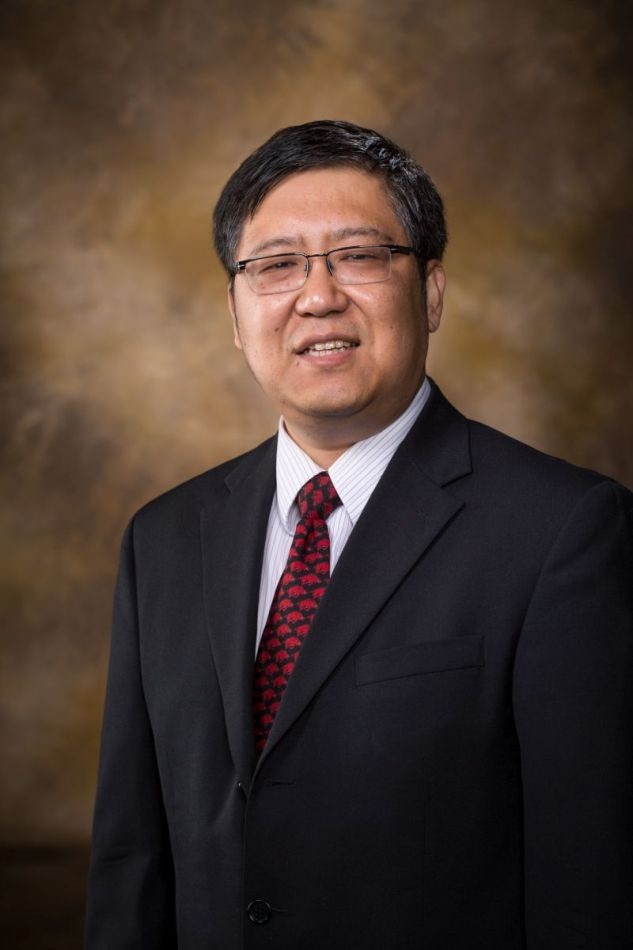Feb 8 2017
 Fisher Yu, University of Arkansas. CREDIT: Photo by University Relations.
Fisher Yu, University of Arkansas. CREDIT: Photo by University Relations.
Engineering professor Shui-Qing “Fisher” Yu from the University of Arkansas and a leading semiconductor equipment manufacturer have led a multi-institutional team of scientists to fabricate an “optically pumped” laser developed from the alloy germanium tin grown on silicon substrates.
The augmented material could pave the way to develop fully integrated silicon photonics, including lasers and circuits, and can ensure higher micro-processing speed at considerably lower cost.
The outcomes of the study were reported in the journal Applied Physics Letters.
Germanium tin has been found to exhibit higher potential as a semiconducting material used for prospective optical integration of computer chips. This is because unlike silicon (the standard material used for fabricating computer chips) germanium tin enables highly efficient emission of light.
In recent years, engineers and materials scientists, inclusive of Yu and many of his collaborators in this study, have paid particular attention in developing germanium tin, grown on silicon substrates, for constructing a so-called optoelectronics “superchip” with the ability to transmit data considerably faster than prevalent chips.
The latest contribution by Yu and his team toward this attempt is using germanium tin to develop an optically pumped laser. The term “optically pumped” denotes that the material is injected with light, akin to injection of electrical current.
We reduced the laser threshold 80 percent at a lasing operation temperature up to 110 Kelvin. This is significant progress compared with the previously reported best result and shows that germanium tin holds great promise as an on-chip laser.
Shu-Qing Yu, University of Arkansas
Here, 110 Kelvin is approximately equal to -261 °F.
For this research, Yu and his team worked with the research and development staff from ASM America Inc., who developed the growth techniques. The techniques employed by ASM have the ability to produce germanium tin with higher quality and lower cost in an industry standard chemical vapor deposition reactor.
Apart from Yu, the research team comprises of ASM epitaxy research and development manager John Tolle, ASM epitaxy engineer Joe Margetis, electrical engineering professor Hameed Naseem from the University of Arkansas, professor of chemistry Mansour Mortazavi from the University of Arkansas at Pine Bluff, professor of physics Wei Du from the University of Arkansas at Pine Bluff, CEO of Arktonics LLC Baohua Li; professor of engineering Jifeng Liu from Dartmouth College, and Richard Soref (acknowledged as “the father of silicon photonics”) and Greg Sun, who are professors of engineering from the University of Massachusetts Boston.
The researchers from the University of Arkansas are supported by the National Science Foundation and the Air Force Office of Scientific Research.